About ShelterBox
ShelterBox is a global organization made up of people who believe in shelter as a human right. No family without shelter when disaster strikes.
On 26 January 2001, a powerful earthquake hit the state of Gujarat, western India.
The earthquake, also known as the Bhuj earthquake, killed nearly 20,000 people and destroyed nearly 400,000 homes in India.
The 7.7 magnitude earthquake destroyed over 1 million structures, including historic buildings.
This was the first disaster that the newly formed ShelterBox team was able to respond to.
Working in partnership with local Rotary contacts, we supported families with emergency shelter aid and other essential items.
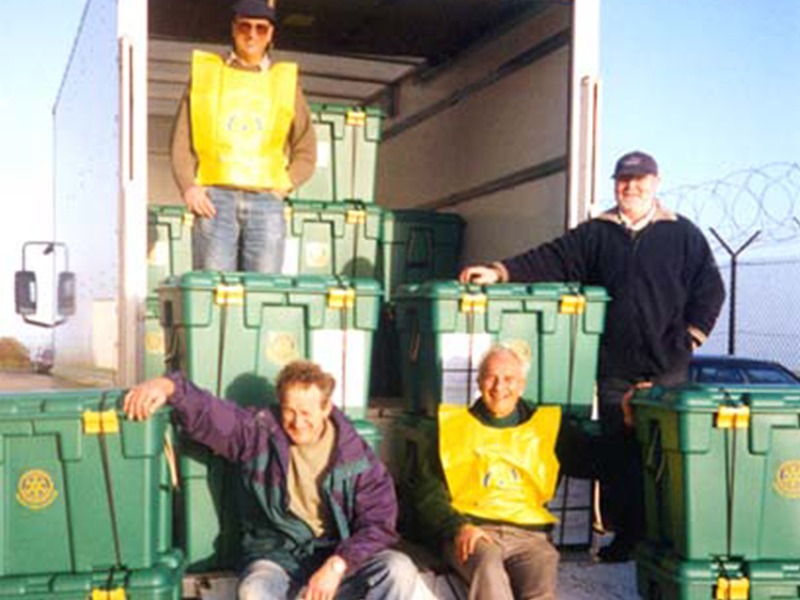
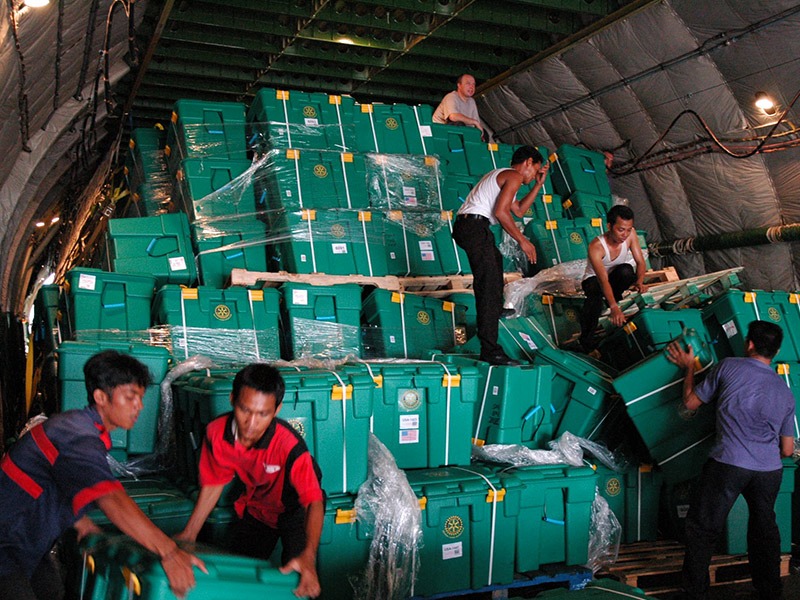
On December 26, 2004, the Indian Ocean tsunami killed nearly a quarter of a million people and left nearly 2 million people homeless.
People were swept away by the monster waves, which arrived rapidly and with little warning.
The deadly tsunami devastated the nearest coastlines of Indonesia but also caused destruction across the coasts of Thailand, India, and Sri Lanka, even making it as far as Somalia, Seychelles, and South Africa. A total of 14 countries were affected.
The disaster was caused by a type of earthquake called a ‘megathrust earthquake’, which forces one of the earth’s tectonic plates to be thrust under another. It was the fourth largest recorded earthquake, measuring more than magnitude 9, and caused a 745-mile section of the earth’s crust to shift beneath the Indian Ocean.
The resulting tsunamis reached 20m in height at landfall in parts of Aceh, Indonesia, and traveled at speeds of up to 800km per hour. In some places, the waves spread 2 miles inland, carrying debris and seawater with them. They devastated everything they hit, and retreating waters eroded whole shorelines.
A massive surge of support from around the world for the people affected by this huge disaster enabled the ShelterBox team to launch its largest-ever response in the organization’s short history. Working closely with local Rotary partners in Indonesia and Sri Lanka, we provided emergency shelter aid and other essential items to thousands of affected families.
On 12 January 2010, a powerful earthquake struck Haiti, bringing chaos and destruction.
The initial shock of 7.0 magnitude was quickly followed by aftershocks of 5.9 and 5.5. Aftershocks continued to batter the area throughout the following weeks.
The devastation was on a scale previously unimaginable – homes were turned to rubble, families were separated, and livelihoods were completely destroyed.
We were working in Haiti eighteen months before the earthquake struck, delivering emergency aid after a series of hurricanes left thousands of families homeless.
Following the devastating earthquake in 2010, over 28,000 families were supported with essential ShelterBox aid. This included tents to provide families with emergency shelter to start recovering, kitchen sets to allow them to cook and eat together again, and mosquito nets to protect against insect-borne diseases like malaria.
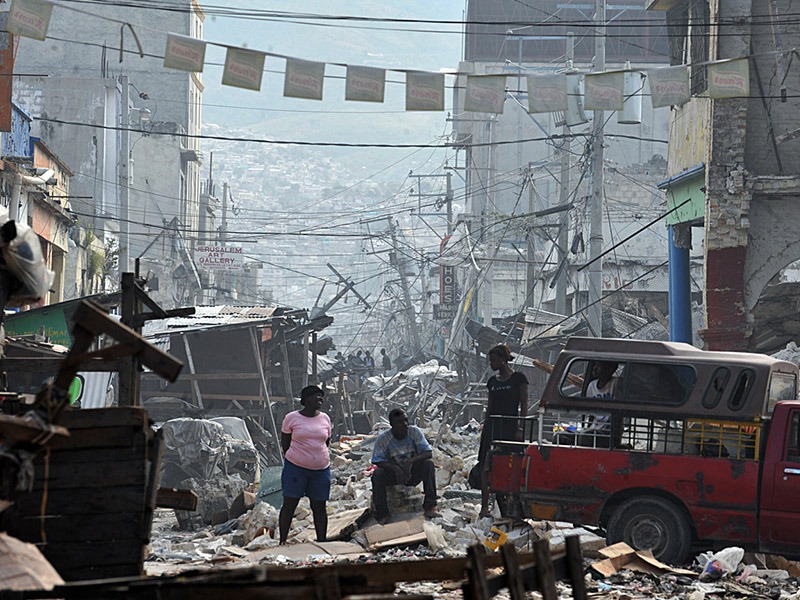
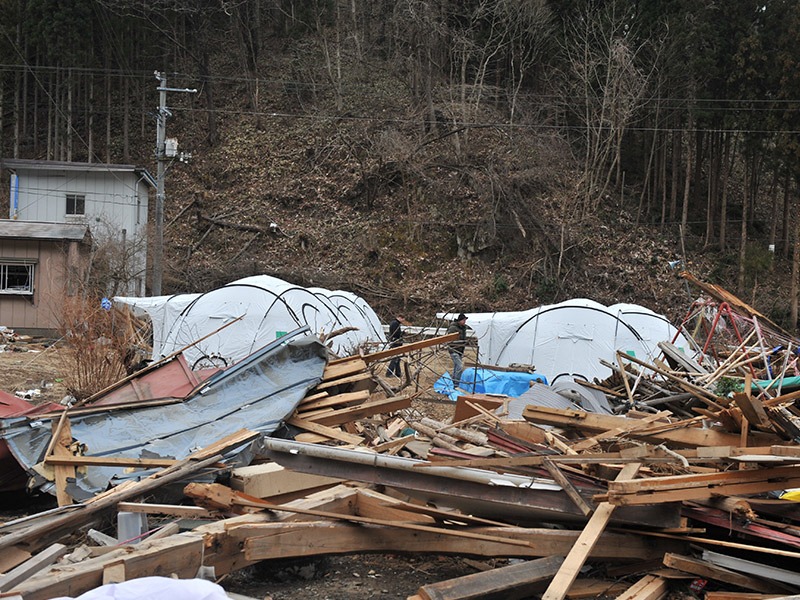
On 11 March 2011, an earthquake off the Pacific coast of Tohoku, measuring 9 magnitude, ravaged Japan. The earthquake triggered a tsunami with giant waves of up to 33 feet.
Aftershocks also hit the area the next day, at 6.2 magnitude. Over 20,000 people lost their lives, and over half a million were made homeless.
Similar to the Boxing Day tsunami, it was caused by a type of earthquake called a ‘megathrust earthquake’, which forces one of the earth’s tectonic plates to be thrust under another and shifting the earth’s crust.
Working with local Rotary groups, ShelterBox worked throughout the affected coastal areas in Japan, providing emergency shelter aid as well as winter gloves, scarves, and hats to help people survive the freezing conditions.
On Friday 8 November 2013, Super Typhoon Haiyan slammed into the Philippines, causing catastrophic damage.
With winds of 195mph and waves up to 23 feet, the typhoon is still the largest storm ever recorded to make landfall. It is the deadliest on record in the Philippines, with more than 7,000 people losing their lives.
A total of around 11 million people were affected, with 6 million people displaced. Six million workers lost their source of income when agriculture and boats were destroyed.
ShelterBox’s response was large and complex, helping communities across seven different islands and working to ensure that emergency shelter aid and other essential equipment reached thousands of vulnerable families.
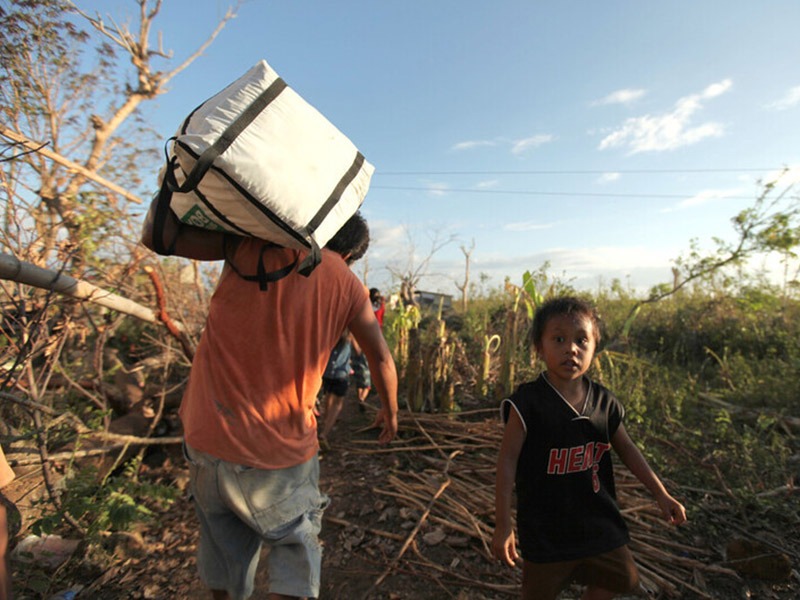
ShelterBox is a global organization made up of people who believe in shelter as a human right. No family without shelter when disaster strikes.
Get the latest updates from the field and discover where we’re supporting communities around the world in the aftermath of disaster and conflict.
Shelter is more than just a roof – it’s a home. The impact of ShelterBox provides the foundation for life, for families, for communities.